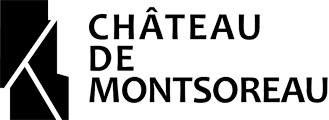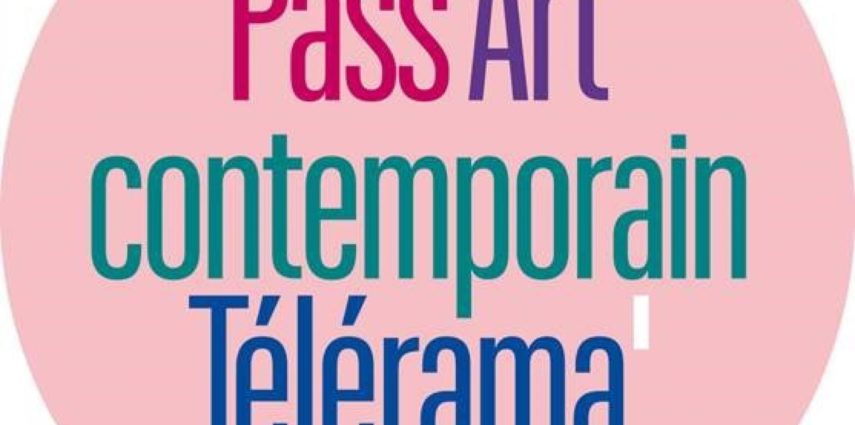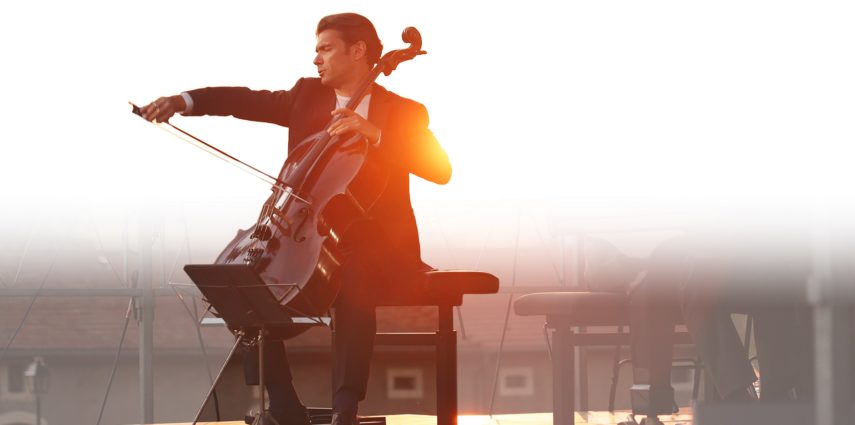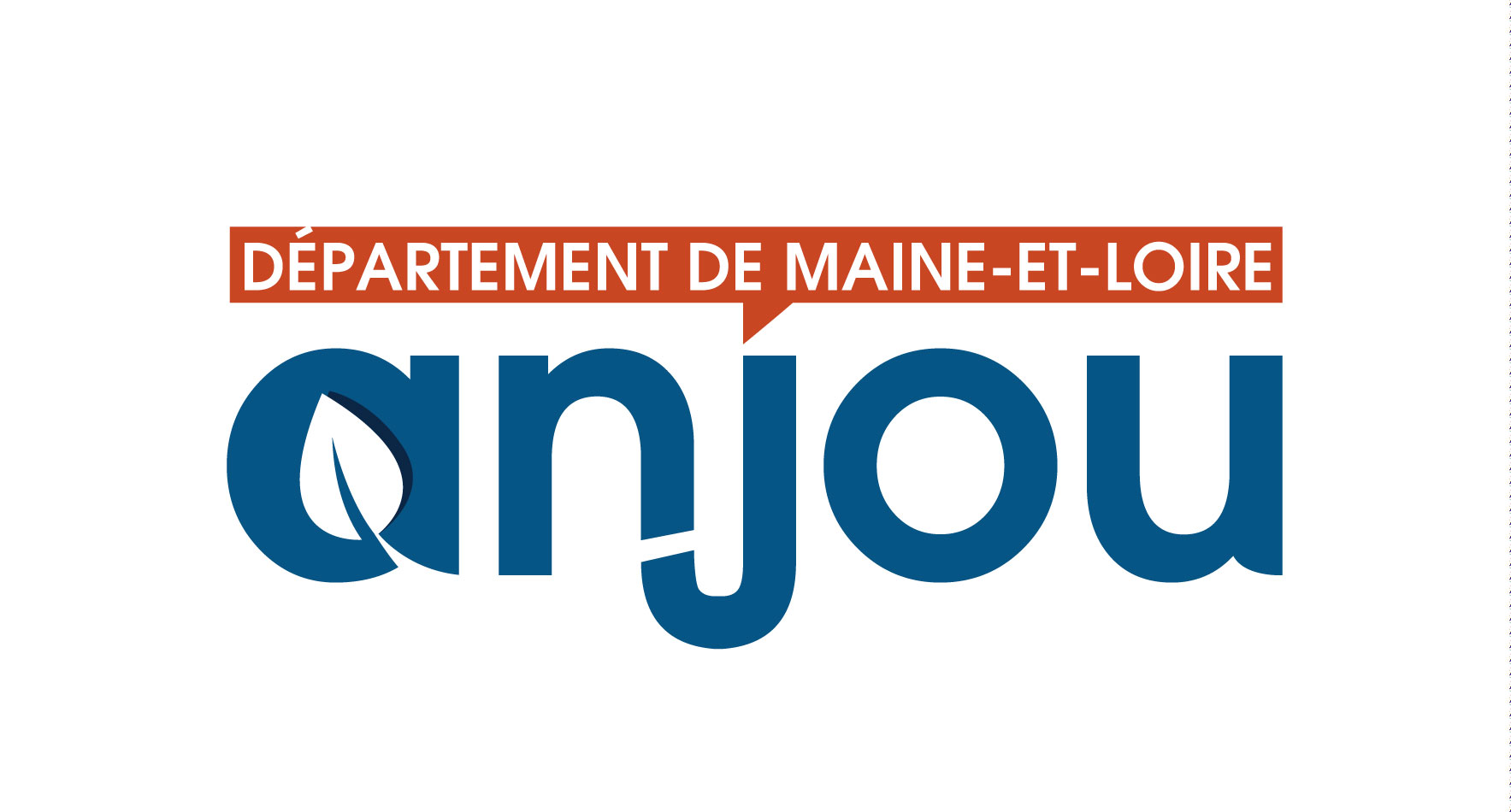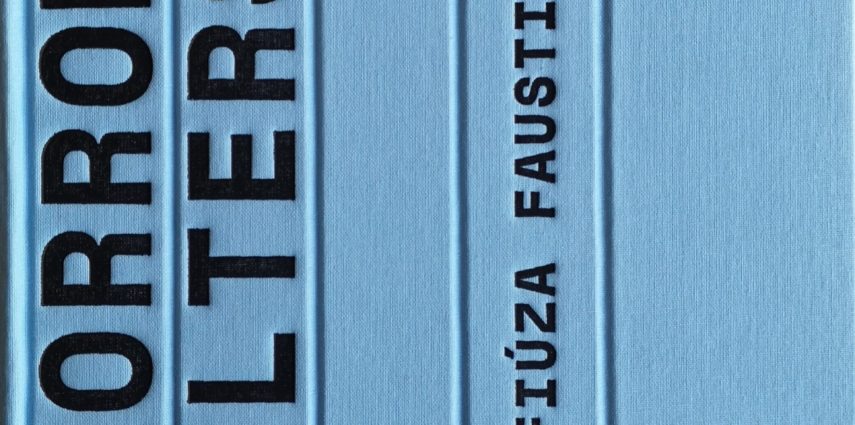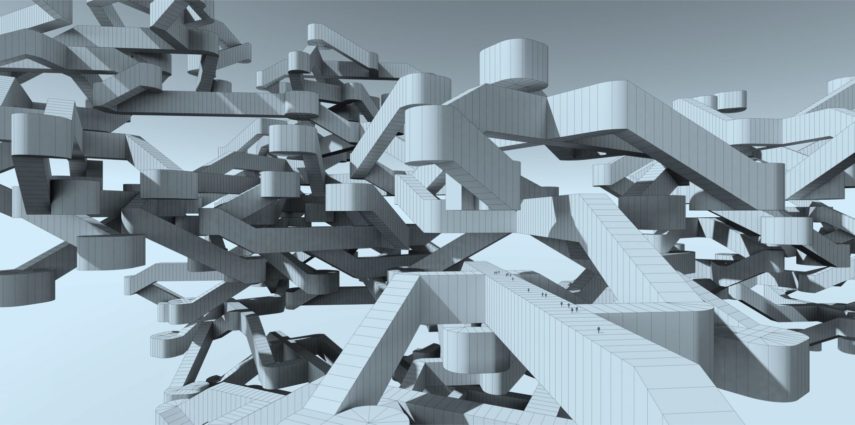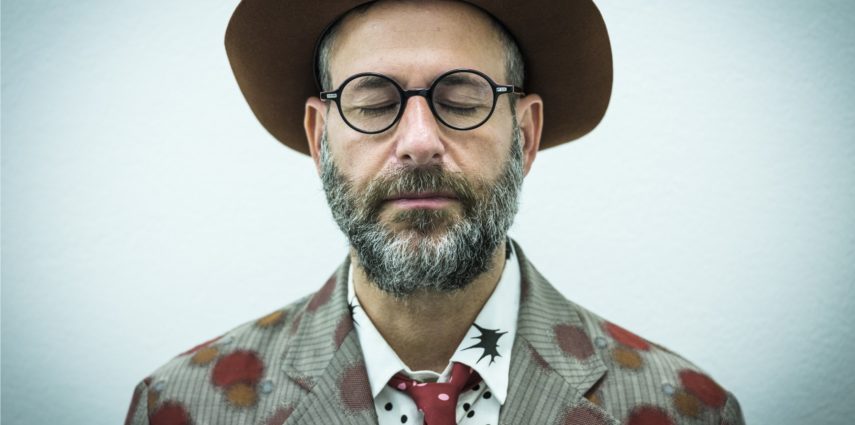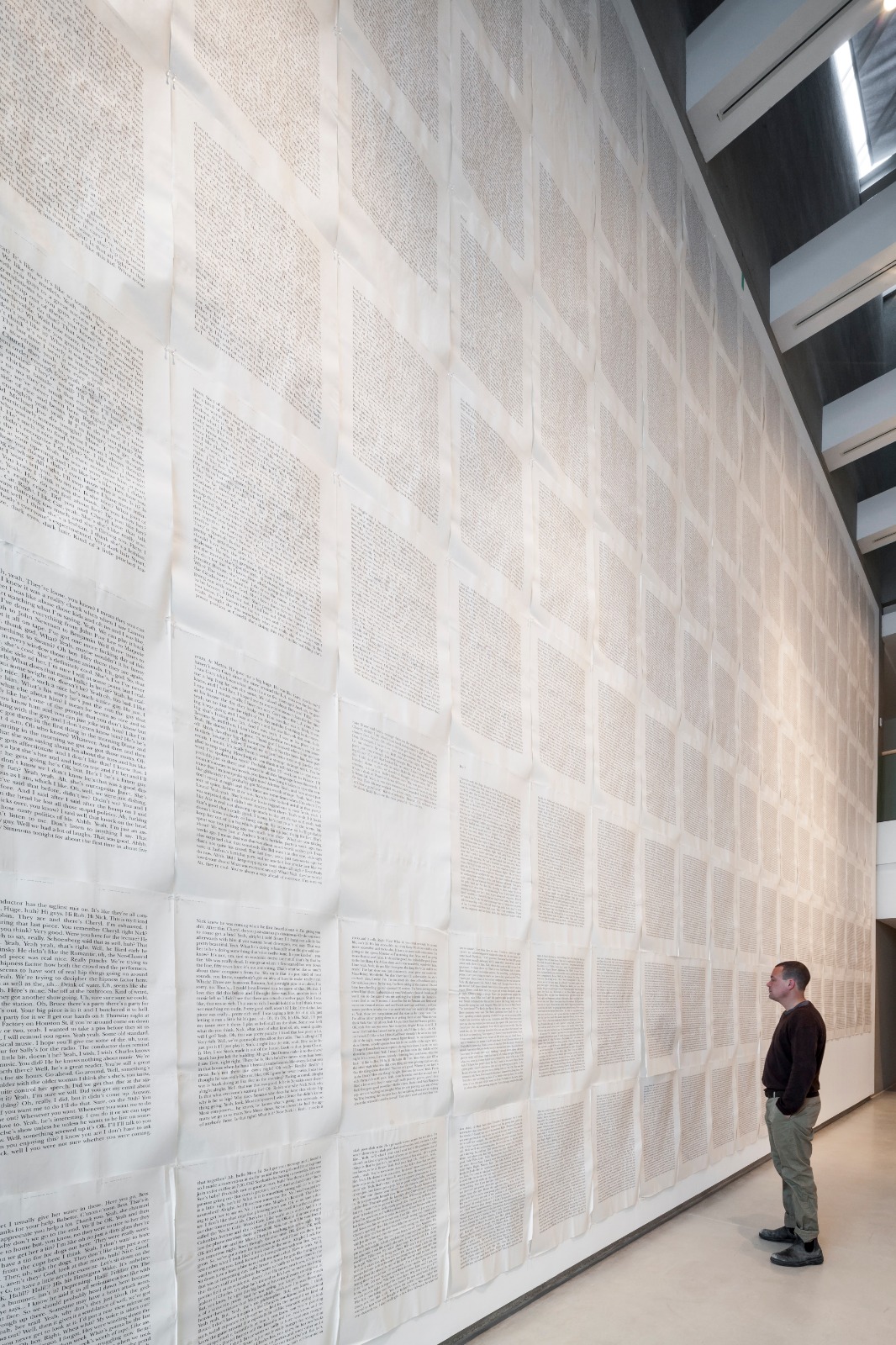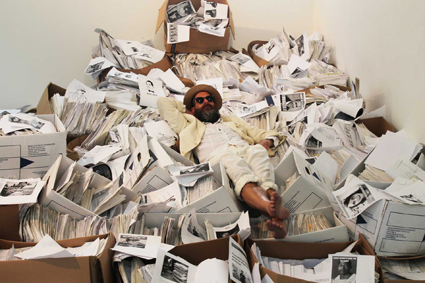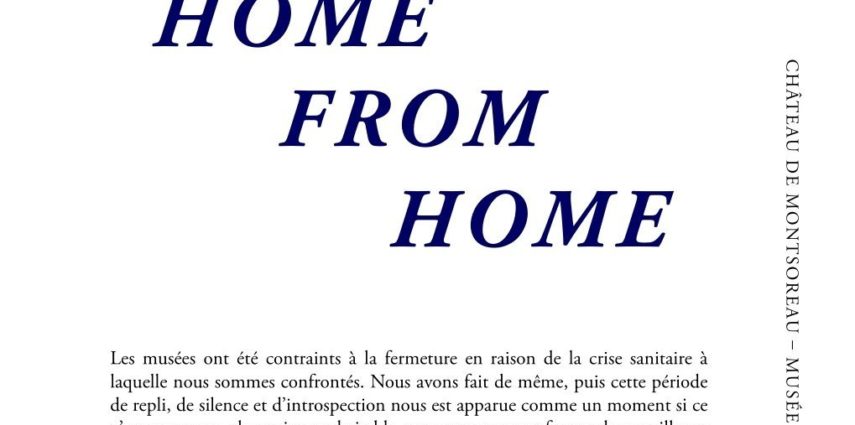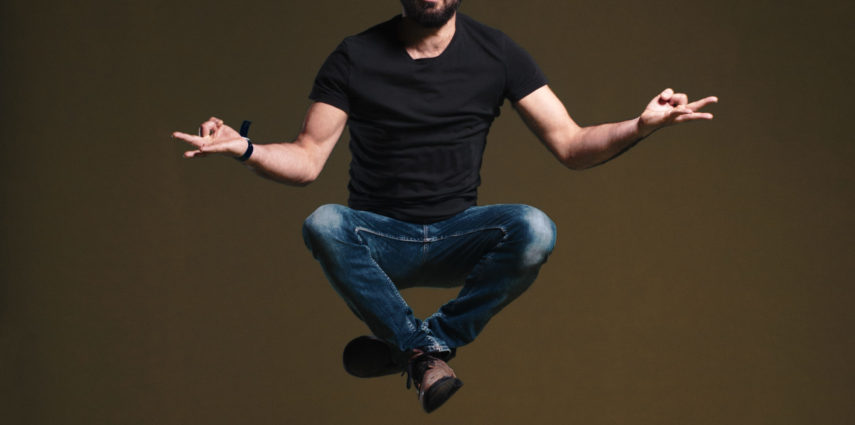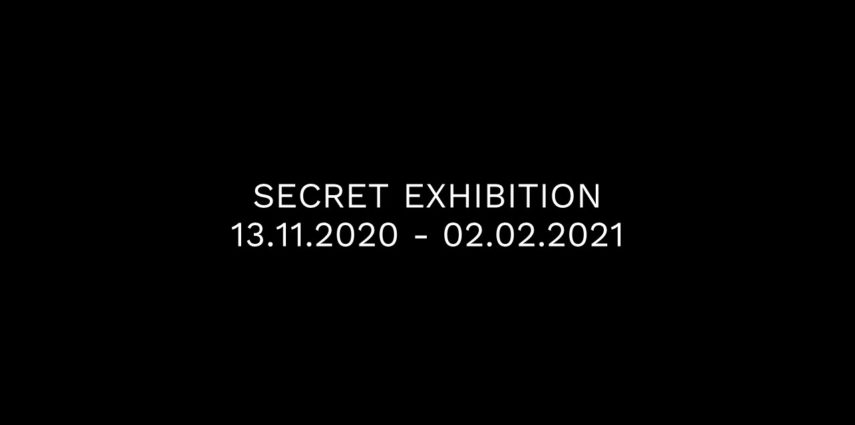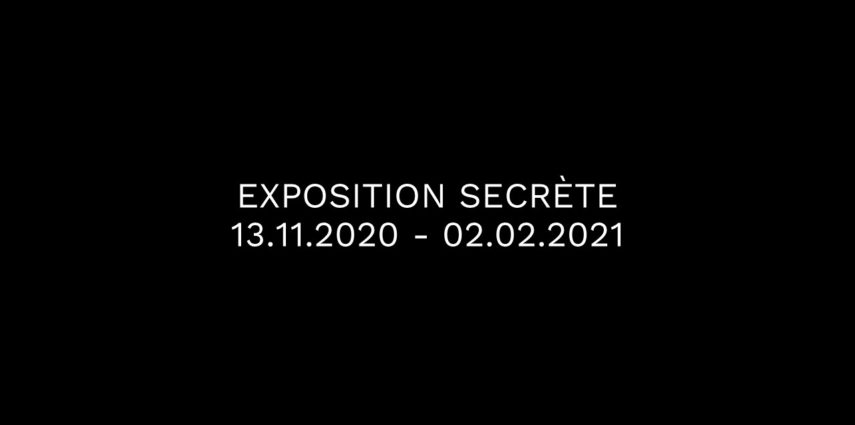The François Morellet Prize 2021 awarded to ORLAN
On Tuesday, February 16, 2021, after the jury’s deliberation, the François Morellet Prize 2021 was awarded to ORLAN for her book Autobiographie. Strip-tease, tout sur sa vie, tout sur son art, to be published in May 2021 by Gallimard.
Under the honorary presidency of Danielle Morellet, ORLAN’s autobiographical narrative was unanimously designated the winner of the François Morellet Prize 2021, after reading a digital proof of the manuscript.
The jury, composed of Philippe Méaille, president of the Château de Montsoreau – Museum of contemporary art, Marie-Caroline Chaudruc, vice-president of the Château de Montsoreau – Museum of contemporary art, and Jean-Maurice Belayche, co-founder of the Journées nationales du Livre et du Vin, also wished to pay tribute to ORLAN’s extraordinary artistic career.
The award ceremony will take place on Sunday, October 10, 2021 at the Saumur theater during the 25th edition of the Journées nationales du Livre et du Vin, under the theme of « ivresse littéraire ».
ORLAN
ORLAN is one of the most important French artists internationally recognized.
She uses sculpture, photography, artificial intelligence and robotics (she has created a robot in her image that speaks with her voice), performance, video, 3D, video games, augmented reality as well as scientific and medical techniques such as surgery and biotechnology.
ORLAN constantly and radically changes the rules, deregulating conventions and ready-to-think.
She opposes natural, social and political determinism, all forms of domination, male supremacy, religion, cultural segregation, racism…
Always mixed with humor, sometimes parody or even grotesque, her work questions the phenomena of society and challenges the pre-established codes.
In 2003 ORLAN was elevated to the rank of Chevalier de l’ordre des Arts et des Lettres by the Minister of Culture Jean-Jacques Aillagon.
In 2010 she was honored with the medal of Chevalier de l’Ordre National du Mérite by the Minister of Culture Frédéric Mitterrand.
In 2015, ORLAN was invited in residence at the Getty Research Institute in Los Angeles, USA, as a researcher.
In 2016, ORLAN was awarded the E-reputation prize, designating the artist most observed and commented on the web.
In 2017 ORLAN was awarded the Female Excellence Award for all her work as an artist by the Italian Ministry of Foreign Affairs.
In 2018, ORLAN received the 100 Heroines Award by The Royal Photographic Society.
In 2019, ORLAN is honored with the special Woman of the Year award, given by Prince Albert II of Monaco.
In 2020, ORLAN is honored with the medal of the National Order of the Legion of Honor.
In 2021, ORLAN wrote her autobiography « ORLAN, STRIP-TEASE : TOUT SUR SA VIE, TOUT SUR SON ART » published by Gallimard and received the François Morellet Prize.
2021: ORLAN février 1st, 2022Admin montsoreau
